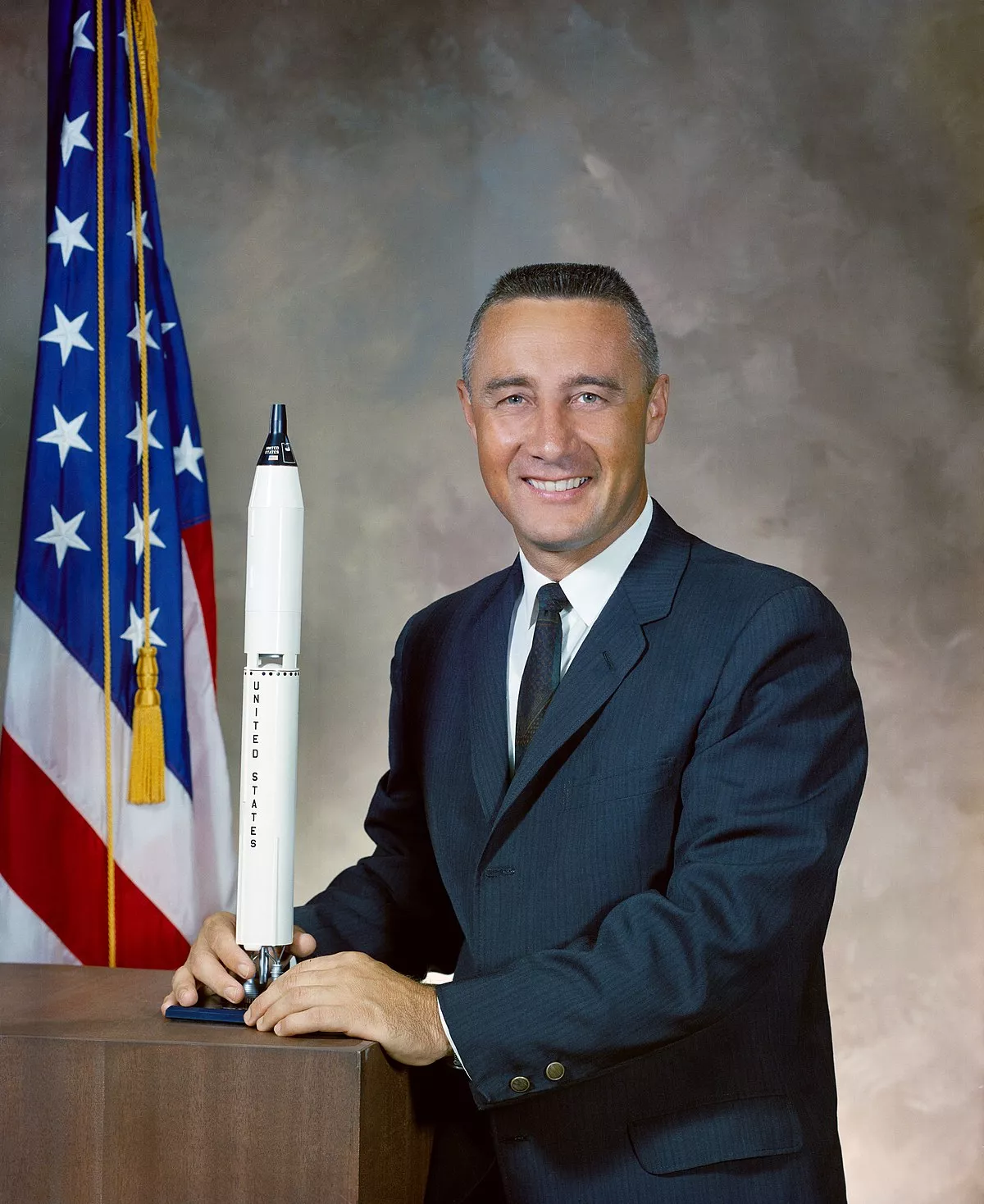 1.
1. Virgil Ivan "Gus" Grissom was an American engineer and pilot in the United States Air Force, as well as one of the original Mercury Seven selected by the National Aeronautics and Space Administration for Project Mercury, a program to train and launch astronauts into outer space.